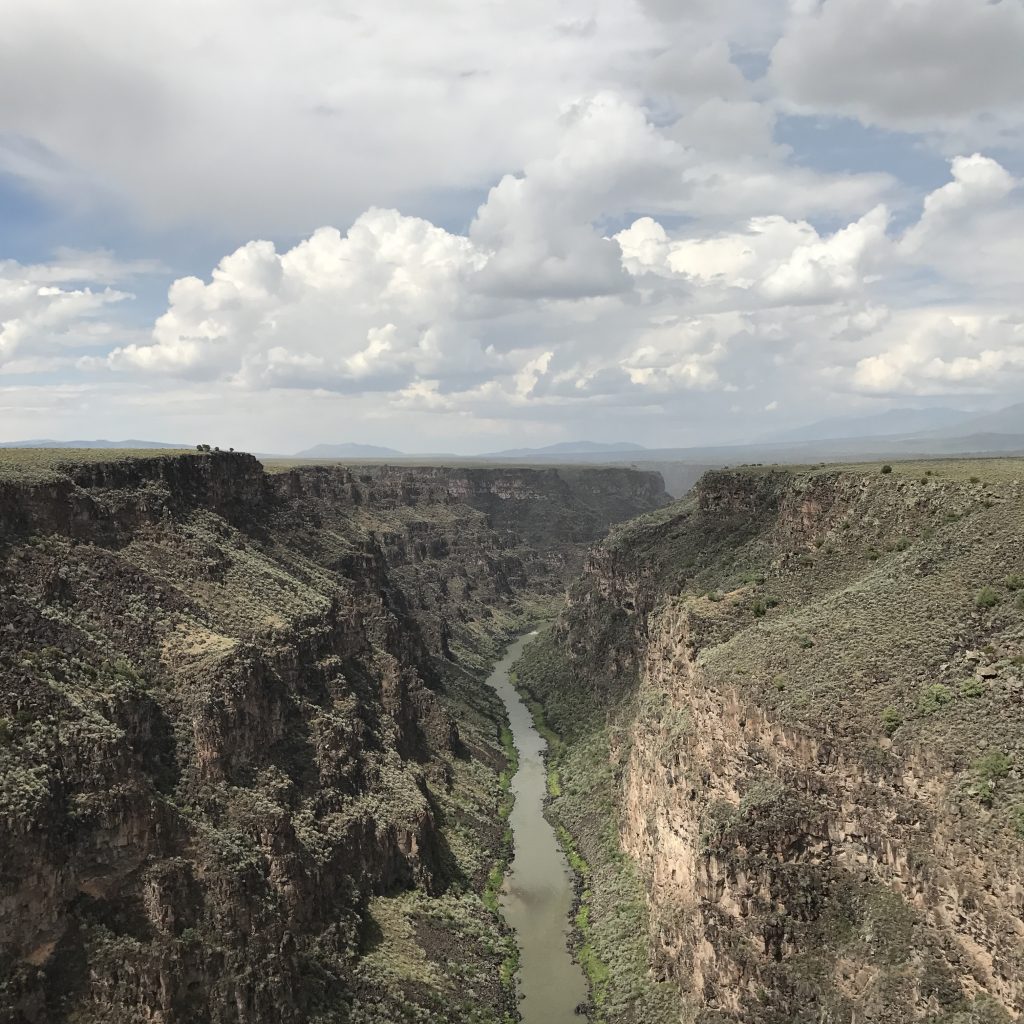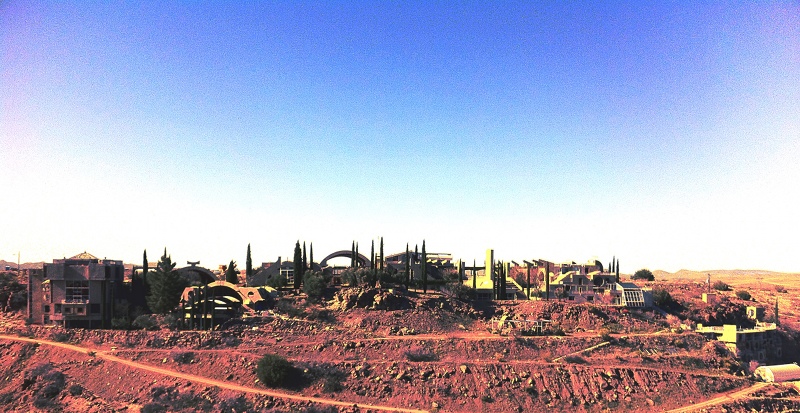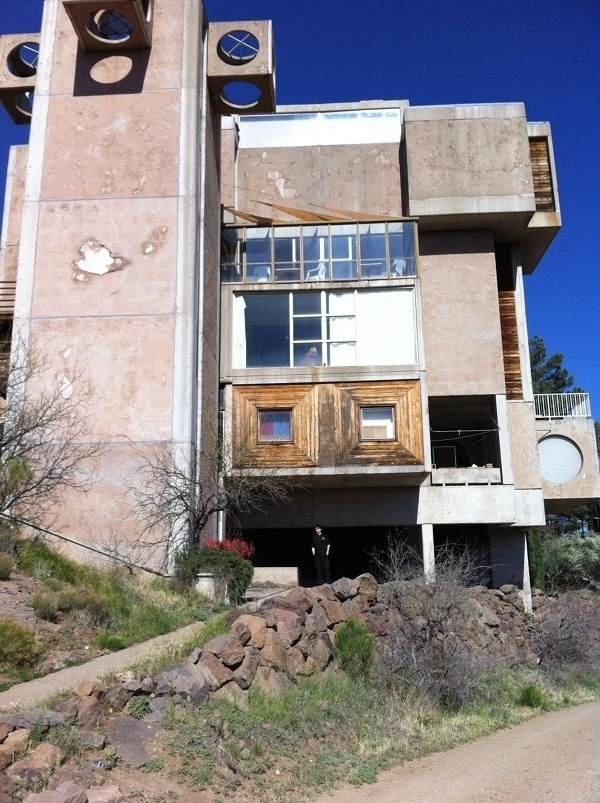Lemuria was a hypothetical answer to the problem of lemurs in Madagascar and India. It was a connective tissue for the naturalism observed during the formative years of naturalism itself. Only a few years had passed since Darwin’s Origin of the Species came out and the patterns of observations that drove Darwin’s daring hypothesis were resonating throughout the European intellectual landscape. Years later, the Pangaea supercontinent would replace the temporary placeholder of Lemuria and the concept would be relegated to mythologized abstractions alongside Atlantis and, well, Hyperborea.
I’m in Lemuria right now, but it is a different fantastical place. In this case, I’m in the Lemuria Earthship Biotecture near Taos, New Mexico. I rented it out on a whim. I needed to travel to Colorado to drop off some birthday cards for our son and thought I might come by and observe this ongoing architectural experiment that I’ve been tracking for decades but never visited. I was surprised to find that I could rent a unit.
First, though, you have to get here, which involves crossing the Rio Grande Gorge:
Once I arrived, I encountered throngs of tourists, including an extended Finnish family that I had to eavesdrop on to guess the language they were speaking. The Earthship project has a long history, but it is always a history of trying to create sustainable, off-the-grid structures that maximize the use of disposable aspects of our society. So the walls are tires filled with dirt or cut wine bottles embedded in cement. Photovoltaics charge batteries and gray water (shower and washing water) is reused to flush toilets and grow food plants. Black water (toilet water) flows into leachfields that support landscape plants.… Read the rest


